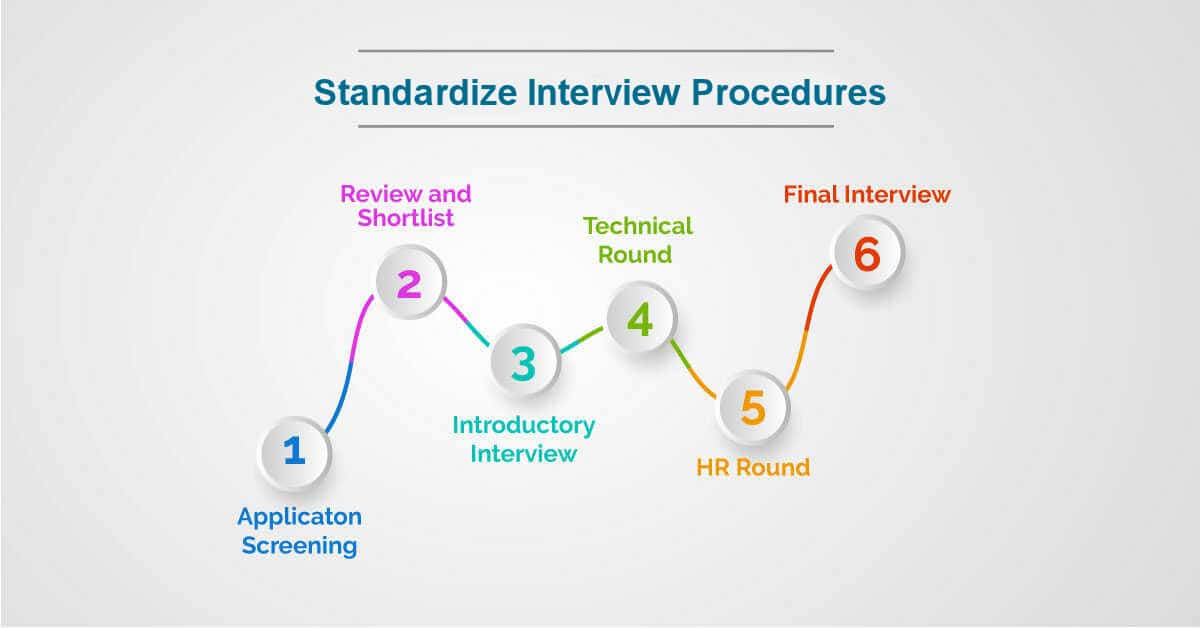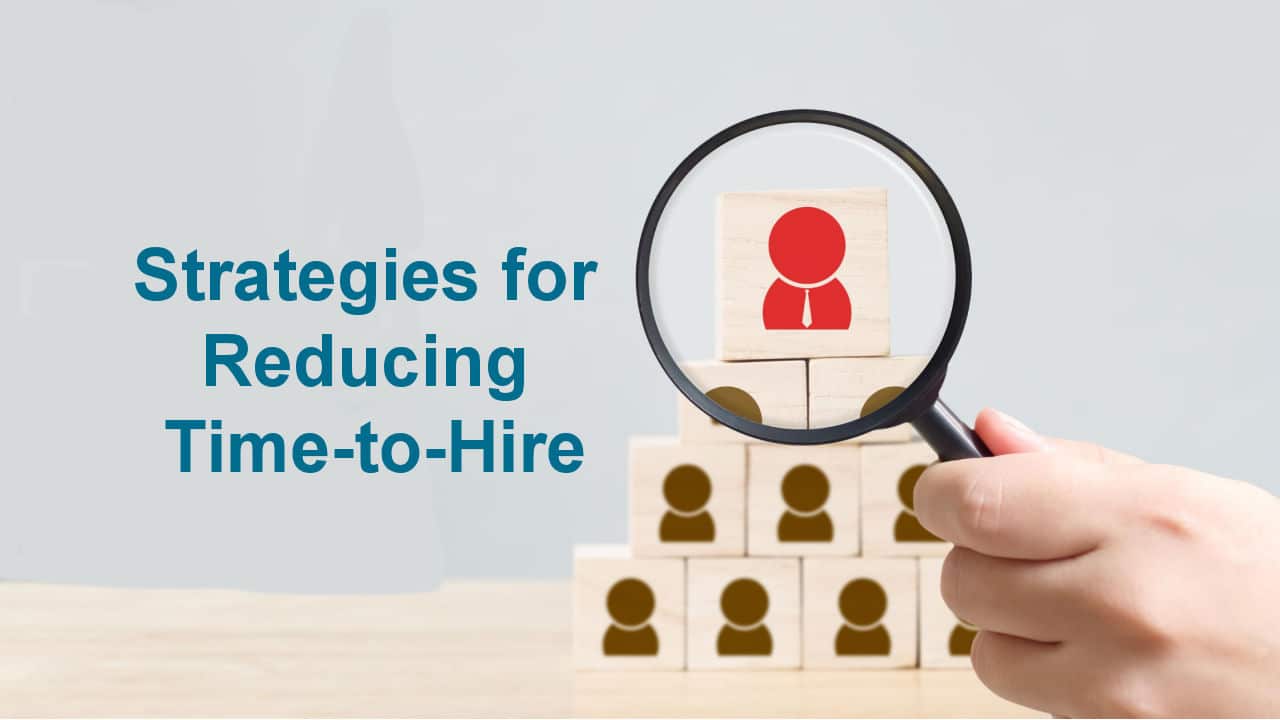In today’s fast-paced job market, minimizing time-to-hire has become essential for organizations aiming to attract and secure top talent. Lengthy hiring processes can result in losing out on qualified candidates, increased recruitment costs, and a negative impact on your company’s reputation. This blog post explores practical strategies that recruiters and HR professionals can use to streamline their hiring processes and improve efficiency.
What is Time-to-Hire?
Time-to-hire refers to the duration from when a job opening is posted to when a candidate accepts an offer. This metric is vital as it reflects how efficiently your recruitment process operates and influences the candidate experience. While optimal time-to-hire can vary by industry, it’s generally advisable to keep the process efficient to maintain candidate engagement and satisfaction.
Effective Strategies to Reduce Time-to-Hire
- Craft Clear Job Descriptions
A successful hiring process starts with an effective job description. Ensure that your postings are precise, engaging, and accurately describe the role and its requirements. Use clear language that resonates with your target candidates and highlights the advantages of joining your organization. This approach minimizes the chances of attracting unqualified applicants and helps speed up the process.
- Utilize Recruitment Technology
Investing in software de reclutamiento y sistemas de seguimiento de candidatos (ATS) can significantly enhance your hiring efficiency. These tools can automate repetitive tasks, such as screening resumes and scheduling interviews, allowing recruiters to concentrate on more strategic activities. Many ATS platforms also offer collaborative features that enable teams to make faster, more informed decisions.
- Standardize Interview Procedures

Implementing a structured interview process can streamline candidate evaluation. Create a consistent set of questions and criteria relevant to the role, ensuring all interviewers are trained on their use. This standardization reduces bias and expedites the decision-making process.
- Enhance Candidate Screening
Efficient screening is crucial for reducing time-to-hire. Utilize pre-screening assessments, such as skills tests or personality evaluations, to filter candidates earlier in the process. This allows recruiters to focus on high-potential candidates, speeding up the time it takes to reach the interview stage.
- Maintain Open Communication with Candidates
Clear, timely communication with candidates can significantly enhance their experience and shorten time-to-hire. Keep applicants informed about their status and provide feedback promptly. Consider using automated emails to acknowledge applications and schedule interviews, ensuring candidates feel valued and engaged throughout the process.
- Build a Talent Pipeline
Developing a talent pipeline involves proactively sourcing candidates even before specific positions become available. Engage potential candidates through networking events, social media, and industry conferences. By nurturing relationships with passive candidates, you can fill positions more quickly when they arise.
- Collaborate with Hiring Managers
Strong collaboration between recruiters and hiring managers is essential for expediting the proceso de contratación. Regularly communicate about the status of candidates and align on the skills and qualifications needed for the role. Involving hiring managers early on can help accelerate decision-making and reduce delays.
- Streamline the Approval Process
The hiring approval process can often be a bottleneck. Work on simplifying this process by defining the necessary steps and minimizing unnecessary layers of approval. Empower hiring managers to make decisions within set parameters to maintain momentum throughout the hiring process.
- Leverage Data and Analytics

Using data and analytics can help identify inefficiencies in your hiring process. Track metrics such as time-to-fill and candidate drop-off rates. Analyzing this information can reveal areas for improvement, allowing you to make informed adjustments to your recruitment strategy.
- Create a Positive Candidate Experience
A positive candidate experience can lead to quicker hiring decisions and a stronger employer brand. Ensure that your hiring process is user-friendly, respectful, and engaging. Solicit feedback from candidates about their experiences and make improvements based on their input. Happy candidates are more likely to accept offers quickly and recommend your organization to others.
Additional Considerations for Reducing Time-to-Hire
Beyond the primary strategies, consider these additional tactics to further enhance your hiring efficiency:
- Embrace Remote Hiring
With the rise of remote work, adopting virtual hiring practices can save time and resources. Conduct interviews via video conferencing to accommodate candidates’ schedules and eliminate travel delays.
- Utilize Employee Referrals

Employee referral programs can be an effective way to reduce time-to-hire. Employees are often familiar with the company culture and can refer candidates who are likely to fit well. Encourage referrals and consider incentivizing employees for successful hires.
- Conduct Group Interviews
Group interviews can streamline the evaluation process, especially for collaborative roles. Bringing multiple candidates together for a single session allows for simultaneous assessment and can lead to faster decision-making.
- Set Clear Timelines
Establishing clear timelines for each stage of the hiring process can help maintain accountability. Communicate these timelines to everyone involved, ensuring that all stakeholders are aligned and focused on efficiency.
- Regularly Review and Refine Your Process
Lastly, continuously review and refine your hiring process to identify areas for improvement. Regularly solicit feedback from both candidates and hiring teams to understand what’s working and what’s not. By adopting a mindset of continuous improvement, you can adapt to changing market conditions and candidate expectations, ultimately leading to a more efficient hiring process.
Conclusión
Reducing time-to-hire is a multifaceted challenge that requires a strategic approach tailored to your organization’s unique needs. By implementing these strategies and fostering a culture of efficiency and responsiveness, recruiters and HR executives can create a hiring process that not only attracts top talent but also enhances the overall candidate experience.
Remember that the goal is not just to hire quickly but to hire effectively. Balancing speed with thoroughness ensures you make the best possible hiring decisions for your organization. By continuously refining your processes and leveraging technology, you can stay ahead in the competitive landscape of recruitment, securing the best candidates for your team.
As you implement these strategies, keep in mind that a collaborative, communicative, and candidate-focused approach will lead to better outcomes in your hiring efforts. Embrace innovation, remain adaptable, and strive for excellence in your recruitment practices to build a strong and dynamic workforce.


